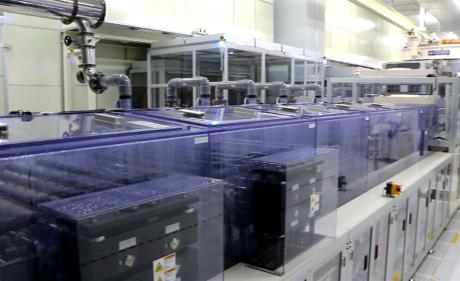In our previous post AMOLED or TFT: a new choice for display designers we saw that AMOLED offers impressive gains in viewing angle, brightness, response time power and size. Despite this impressive array of benefits, it is certainly not right for every application. Our last post highlighted price, availability, and performance as the key considerations for display selection. Although AMOLED wins in most areas of performance, TFT is still ahead in terms of price and availability, as well as lifetime.
What are the advantages of TFT displays over AMOLED?
The most immediate impact is cost. AMOLED technology comes at a premium of 100% compared to standard TN TFT displays, and 50% compared to TFT IPS technology, which in truth offers very similar viewing angle and brightness to AMOLED though is somewhat larger in profile and more power hungry.
MOQs for AMOLED technology are also higher. Although we can offer AMOLED for industrial applications, MOQs are still of the order of 50,000 per year – much less than the millions required even a short time back, but still too high for many industrial applications.
Lead times also are longer on AMOLED – roughly double that of current TFT lead times. Finally, lifetime can rule out AMOLED in professional electronics applications. Consult the datasheet for the operational hours on your preferred AMOLED or TFT display, but expect in the region of 20-30,000 hours for AMOLED and 50,000 hours for TFT.


Truly Semiconductors has recently invested in a new 4.5G production line that will use LTPS to manufacture AMOLED displays with a pixel density of up to 500ppi; the company is also running an amorphous silicon process to manufacture TFT-LCDs with a pixel density of 300ppi. Both technologies are available in the UK and Ireland through Anders.
There are strong technical and commercial reasons for choosing AMOLED technology when developing the next-generation of industrial, medical and automotive applications.
Its superior performance, flexibility (often literally) and availability compare favourably with existing display technologies and it is destined to become a popular choice with OEMs and their customers. Nevertheless, it is still not right for every application, and we expect the two technologies to run side by side for the foreseeable future.


